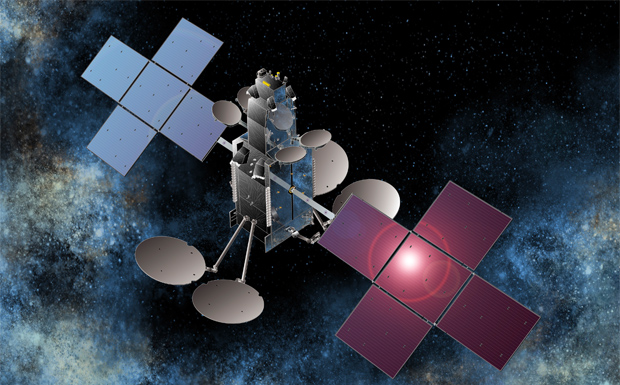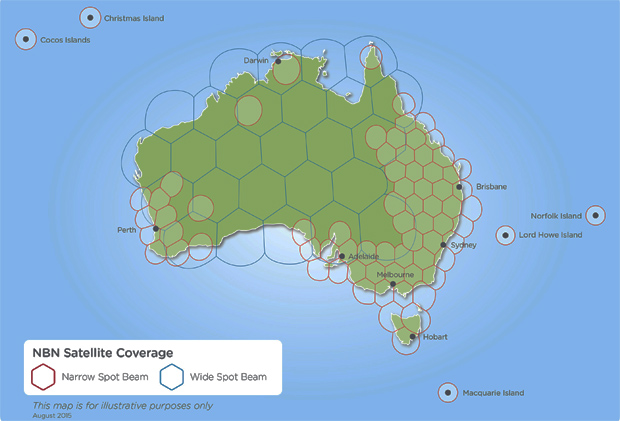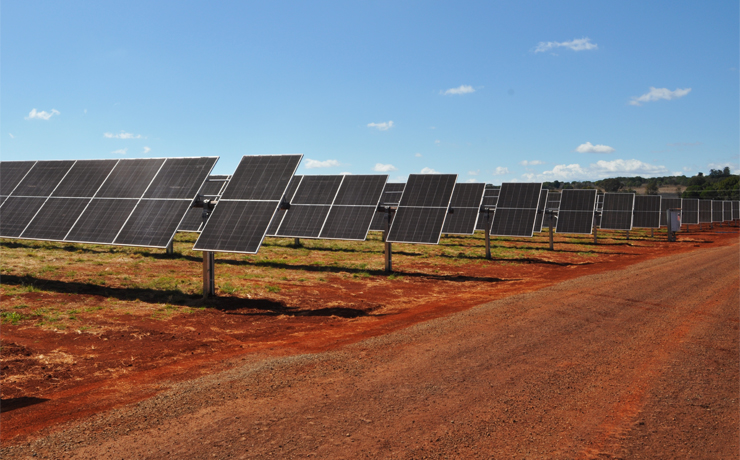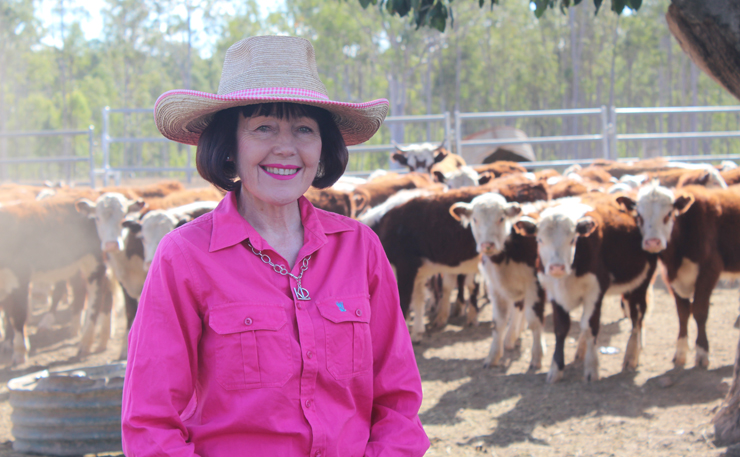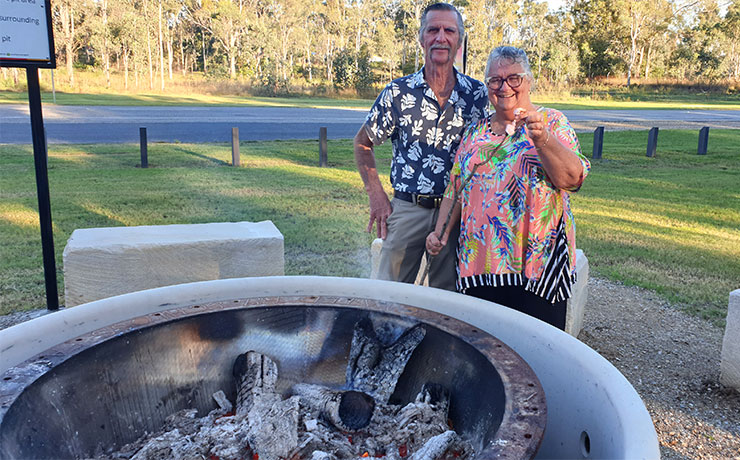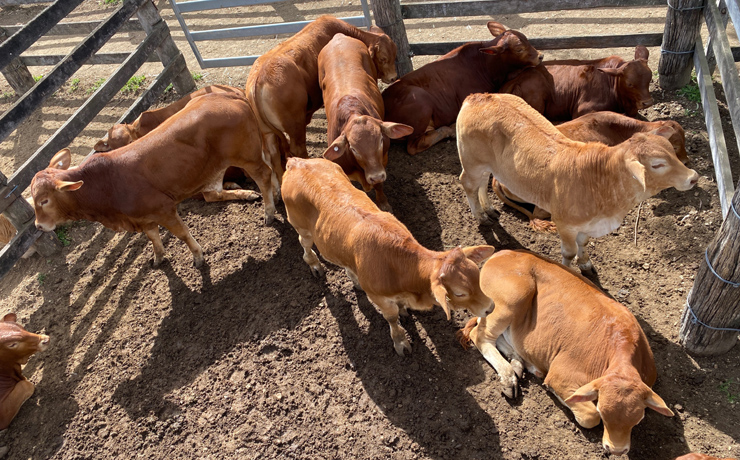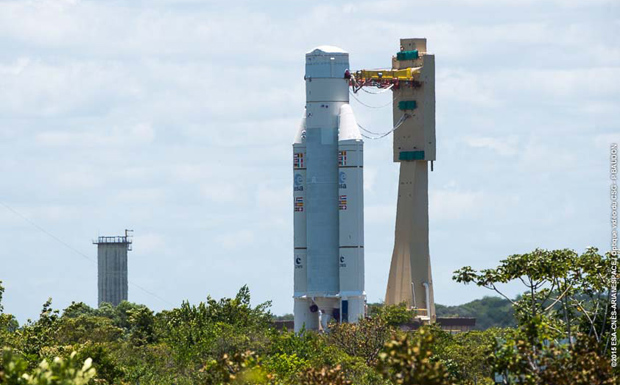

October 1, 2015
NBN has promised better broadband services in rural, regional and remote Queensland following the successful launch on Thursday morning of its first broadband satellite into orbit.
Sky Muster was blasted 36,000km into space at 6:00am on board an Ariane 5 rocket launched from the Guiana Space Centre in Kourou, French Guiana.
NBN has described Sky Muster as one of the world’s most-advanced communication satellites.
Over the next few months, it will undergo final technical testing ahead of its commercial launch which is scheduled for mid-2016.
Once available, the service is expected to provide wholesale speeds significantly faster than those available now.
An NBN spokesman said Queenslanders currently using the Interim Satellite Service (ISS) – along with many who have never had access to broadband – would directly benefit from the new satellite.
“The ability to video-conference friends and family, study courses online and visit doctors from your lounge room will all be possible in areas which have traditionally struggled to access basic internet services like online banking and shopping,” NBN CEO Bill Morrow said.
“Many homes and businesses in regional and rural Australia still rely on dial-up level speeds and have little or no access to a commercial broadband service. This satellite will help to close the divide.”
There are currently more than 37,000 users on the ISS across Australia, 9560 of whom are Queenslanders.
Download speeds are pegged at 6.9Mbps.
NBN aims to migrate these users onto the new satellite within a year of the service being commercially available.
Federal Member for Wide Bay and Deputy Prime Minister Warren Truss said the Sky Muster was the first of two NBN satellites which would deliver broadband services under the Federal Government’s Long Term Satellite Service (LTSS).
Mr Truss said the launch was the culmination of a long and complex planning process.
“Labor claimed 250,000 premises were eligible for broadband services under its ISS program, however the complete failure of their ISS became apparent from December 18, 2013, when the ISS reached its capacity limit of 48,000 customers,” Mr Truss said.
“The ISS has given satellite broadband a bad name but the new satellite service should restore quality services to the School of the Air, enable modern E-health services and support data transmission and transaction services, even in times of poor weather.”
Mr Truss said the logistics of the satellite launch were staggering.
“At lift-off the entire rocket weighed in at 780 tons. By the time it ejected the payload into orbit at an altitude of 640km, it was travelling at a velocity of more than 9km per second,” he said.
“Once online, its on-board Ka-band transponders will enable the NBN to deliver broadband services of up to 25Mbps download and 5Mbps upload.”
The second NBN satellite is scheduled to launch in early 2016.
- NBN Satellite Fact Sheet (378kb PDF)
